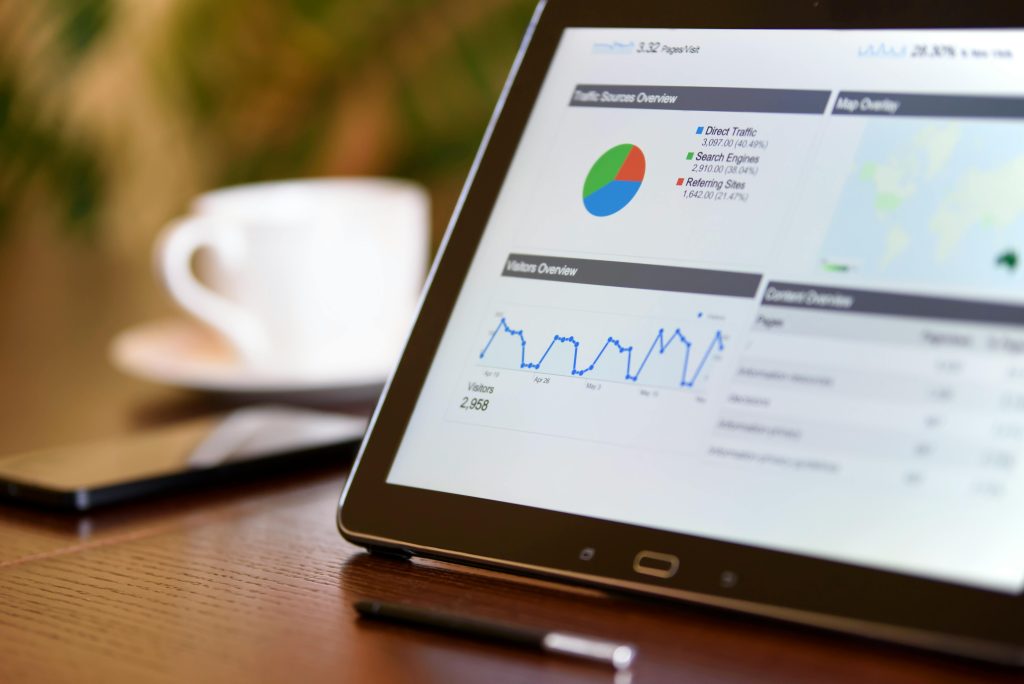Imagine being able to observe precisely how visitors engage with your website–where they pause, what they overlook, and how much time they spend perusing. Modern web traffic analysis can do this.
Web traffic is similar to a virtual GPS that can tell you just as much about a person’s patterns and preferences as tracking their physical footsteps. At one point, monitoring web traffic was a one-dimensional tool used to determine how many people visited a website. However, technology has come a long way since then. Web traffic tells a deeper story about user patterns, pinpointing dropoffs and benchmarking performance to encourage better decisions.
As technology shifts and grows, so do digital environments. As a result, consumer behavior is becoming more fragmented. Monitoring web traffic to implement the best digital strategies is now more important than ever. The fierce competition in digital spaces makes it vital to quickly discover what works and what doesn’t and spot opportunities in any form.
How can monitoring web traffic help businesses? These results help align content, SEO, and marketing spending with user behavior data. Organizations can use tools to gain insights into competing digital strategies, such as traffic volume, visit durations, or engagement metrics.
Getting to Know the Different Sources of Traffic
Understanding where digital traffic comes from helps businesses pinpoint which strategies are working and which are not. Online traffic can come from direct, organic, paid, or referral methods. By analyzing details like whether an ad campaign is working or where teams need to shift their focus and funds, companies can tailor a more effective strategy plan.
If a business sees an organic search spike, that could mean that SEO improvements and investments are working. At the same time, a drop in referral traffic might prompt a company to reevaluate its current partnerships that aren’t proving lucrative.
Keep a Watchful Eye on the Competition
It’s as important to watch what other companies are doing as it is to focus on your own data. When a company understands its place in the market, it can stay on top by quickly adapting to any threats. Knowing what makes competitors succeed also lends insight into where a company needs to step things up.
Geography Matters — Even With Online Traffic
Even when a business operates virtually, it can learn a lot from understanding where its audience is and how they use the site. Stats like mobile vs. desktop access and a U.S. or Southeast Asia consumer base will drastically alter effective strategy.
Whether it’s digital content localization or campaign targeting, leveraging geographic insights can help companies improve their strategy. Meanwhile, device-level data lends insight into UX and design choices.
Given how often people are on their phones (and on the move), mobile browsing is becoming the norm. Each traffic component tells a story, and understanding each layer will help businesses create seamless and personalized digital experiences.
Don’t Get Complacent About Traffic Data
When companies stop being proactive about traffic monitoring, success can quickly fall. Not only is it important to monitor patterns long-term, but it is also necessary to pay attention to emerging trends and seasonal peaks. By staying on top of this data, brands can be proactive, adding specific kinds of stock during the holiday rush or timing targeted campaigns to a trend based on search interest. Business success is all about adaptability.
Utilizing Every Tool for a Preferred Outcome
Like anything else in business, web traffic analysis is a tool brands can use to build success. Otherwise, why bother? Understanding customers and users will help brands pinpoint precisely why they’re gaining new customers, seeing consumer dropoffs, or noticing specific trends within a particular location or category of users. Businesses can then use this info to optimize conversion funnels, improve the user experience, and increase ROI.
There’s no denying that business competition gets fiercer with each passing day. To keep up, companies don’t have the luxury of opting out of monitoring web traffic. If brands want to stay relevant and competitive and want to increase web traffic, they can use web traffic tools to discover key insights into their digital performance.





















